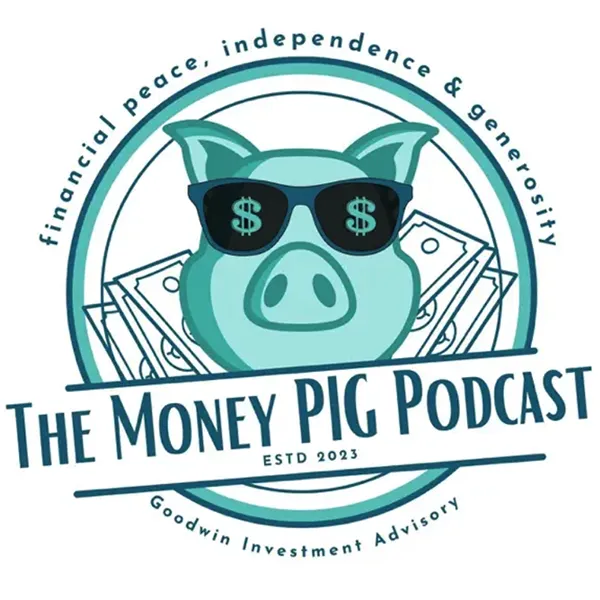
When Fear Creeps In, You’re Not Alone
Watching your retirement savings dip can feel like the rug is being pulled out from under you. If you’re asking yourself whether it’s time to move to cash, know this: you’re not alone. Market volatility triggers a very human response—fear. That fear is valid. We work hard for our money, and seeing it fluctuate can feel like a loss of control. But just because the emotions are real doesn’t mean the impulse to sell is the right one.
Markets Fluctuate—That’s Normal
It’s easy to forget, especially in rocky times, that market ups and downs are not only regular occurrences, they’re expected. Since the inception of the modern stock market, volatility has been part of the story. There have been recessions, crashes, and corrections—and still, the market has historically trended upward over time. Every significant downturn has eventually led to a recovery. The 2008 financial crisis, the COVID crash of 2020, and even the dot-com bubble—investors who stayed the course eventually saw their portfolios recover and grow.
Going to Cash Can Feel Safe—But It Comes at a Cost
Moving to cash in volatile times can feel like a way to take shelter in the storm. However, data shows that pulling your money out when the market is down can significantly delay your financial recovery. If you sell when the market is down more than 5%, it historically takes much longer to recoup losses compared to those who stay invested. When the market is down over 10%, that timeline stretches even further. Why? Because you miss the rebound. Some of the most significant gains happen in the early days of recovery—days that are easy to miss if you’re sitting on the sidelines.
Missing the Best Days Can Cost You Thousands
Here’s a striking truth: if you missed just the 10 best days in the market over the last 20 years, your returns would be cut in half. That’s how powerful staying invested can be. The challenge is, that no one knows when those best days will happen—they often occur right after the worst ones. Trying to time the market perfectly is nearly impossible. Instead of trying to guess, history shows that staying the course tends to be the most reliable strategy.
Down Markets Can Be an Opportunity
Rather than running from a downturn, long-term investors often view these moments as an opportunity. Buying when the market is down—when prices are effectively “on-sale”—can enhance future returns. This is the principle behind dollar cost averaging, where you consistently invest a fixed amount regardless of market conditions. Over time, this strategy can lower your average cost per share and reduce the impact of volatility.
Find Peace in a Plan
Peace doesn’t come from guessing what the market will do next. It comes from having a plan that takes market ups and downs into account. A well-diversified portfolio, aligned with your goals and risk tolerance, is built to weather storms. Rebalancing, maintaining an emergency fund, and focusing on what you can control are all tools that bring clarity and calm in uncertain times. If you have an advisor and are still worried, reach out and have a conversation and make any necessary adjustments.
History Is on Your Side
Research and historical data overwhelmingly support staying invested. If you invested $100 in the S&P 500 at the beginning of 1942, you would have $1,044,543 at the end of 2024, assuming you reinvested all dividends. This is a return on investment of 11.78% per year. For those who held on through the storms, patience paid off. That’s not just theory—that’s decades of real-world data.
Source Note: The data above is based on historical stock return analysis from OfficialData.org, using information derived from Robert Shiller’s Irrational Exuberance and dataset, alongside monthly CPI logs from the U.S. Bureau of Labor Statistics.
We Understand the Anxiety—But Don’t Let Fear Drive the Wheel
It’s okay to feel uneasy. It’s okay to look at your account balance and feel that twinge of anxiety. We all want to protect our future. But decisions made in fear often don’t serve us well in the long run. Instead of acting in panic, lean on a plan, speak with a financial professional, and remember: that this moment is part of a larger journey toward reaching your retirement goals. The market may be down today, but history tells us it doesn’t stay that way forever. If you would like to schedule a call to start the process in learning more about how we can help guide you through the ups and downs of market volatility and help you create a retirement plan, please click here.








